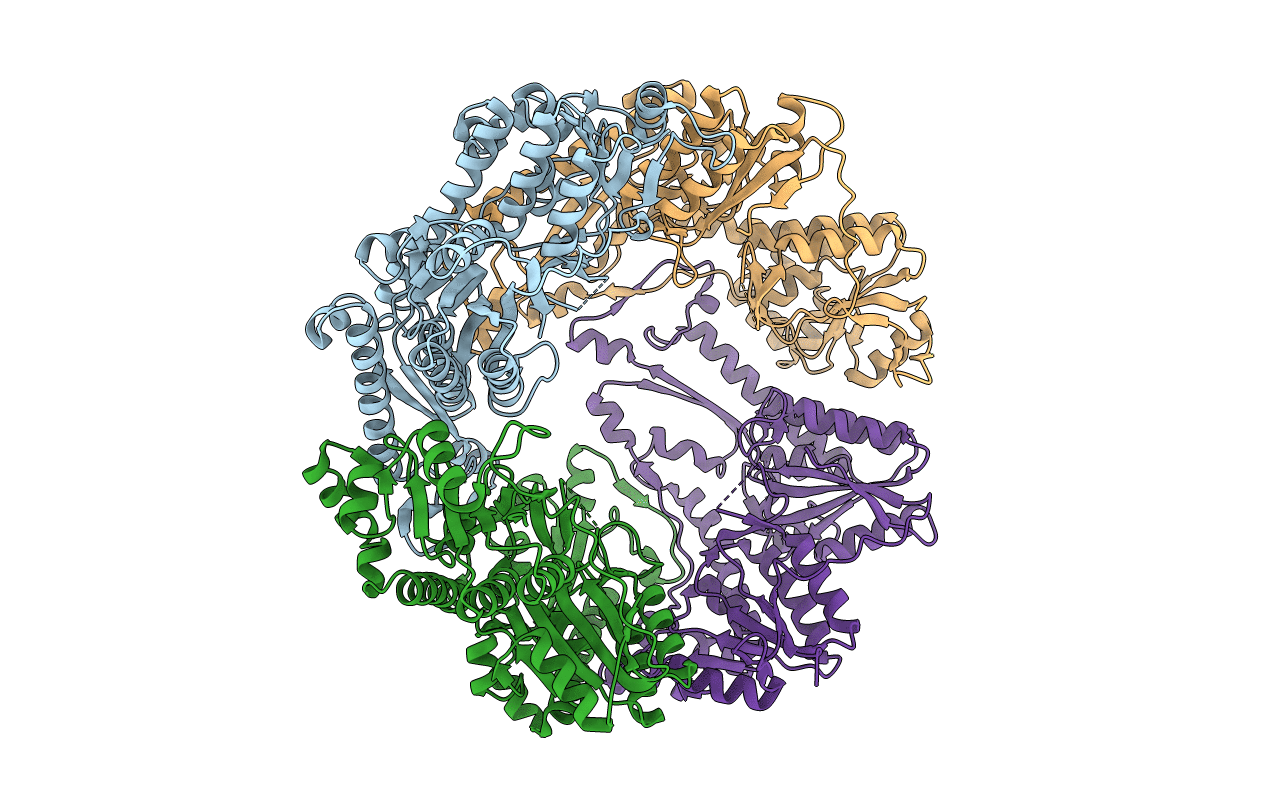
Deposition Date
2007-11-20
Release Date
2007-12-18
Last Version Date
2024-11-20
Entry Detail
PDB ID:
3BEZ
Keywords:
Title:
Crystal structure of Escherichia coli Signal peptide peptidase (SppA), SeMet crystals
Biological Source:
Source Organism:
Escherichia coli (Taxon ID: 83333)
Host Organism:
Method Details:
Experimental Method:
Resolution:
2.76 Å
R-Value Free:
0.25
R-Value Work:
0.20
R-Value Observed:
0.20
Space Group:
P 1 21 1


